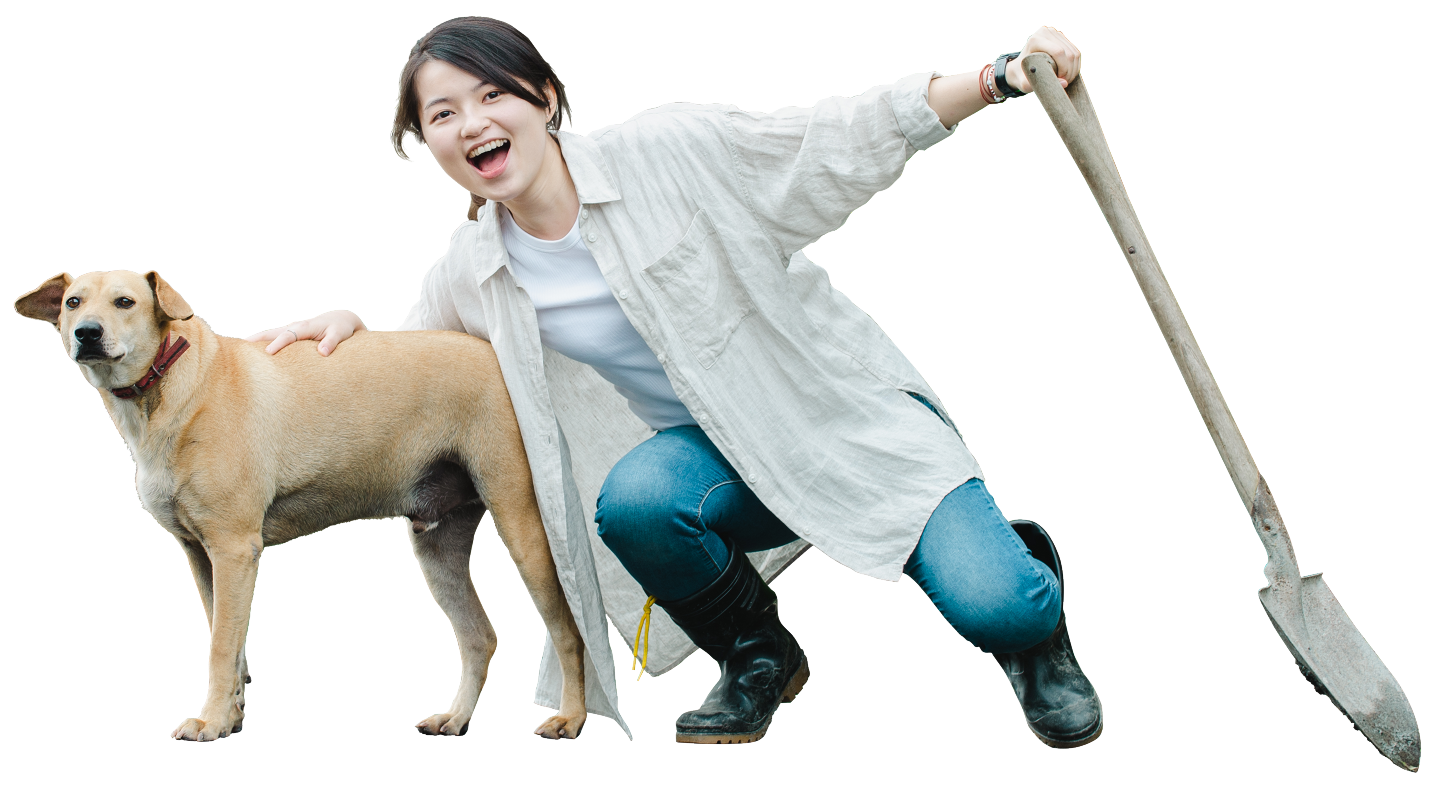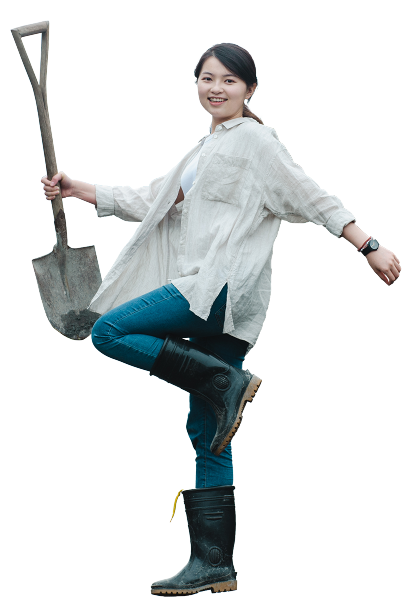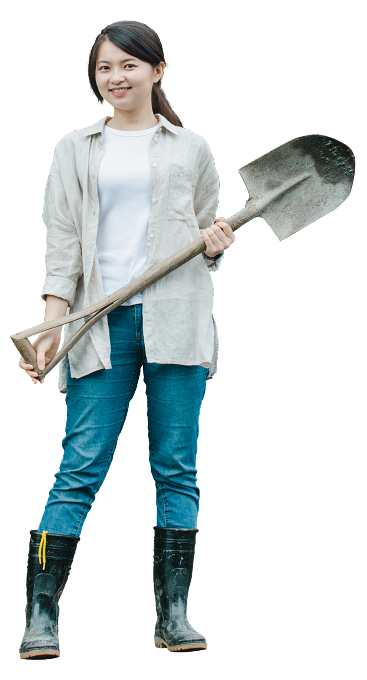
hewen a ta:in tawtawazay
Born in Miaoli in 1993
MA in Interdisciplinary Art of Taipei National University of the Arts
Winner of Visual Arts Award, 2020 Pulima Art Award
Dedicated to learning indigenous cultures

I am hewen a ta:in tawtawazay, SaySiyat from Miaoli. It took me two years (2018-2020) to recover my indigenous name. My mother is Hakka, and my father is from Kaehkaeh’oe’an Community in Nangzhuang, Miaoli. I relocated to Taipei to continue my education in high school, and am currently based in Taipei for work. I call myself a SaySiyat child recognized by the ancestral spirits halfway through the journey. Growing up unfamiliar with my own culture and without awareness of my identity, I only came to realize the fundamental questions, as asked by my friends, after leaving my hometown, who is the SaySiyat people? Where did my ancestors come from? Who am I? I then began developing my creative project lohizaw: Returning to the Migration Route of the SaySiyat, which starts with tracing the family history, going into Nangzhuang and Shitan in Miaoli to retrace the migration path taken by our ancestors, a journey of constant search for our contexts. Currently learning the SaySiyat language and weaving, and participating in indigenous cultural affairs.
I was extremely excited to be invited to learn in an Pangcah Community. For the longest time, my knowledge of indigenous issues or cultures came mainly from literature, exhibitions, performances, and conferences, rarely have I had the opportunity to dive deep into other indigenous communities. Since I am also learning about indigenous cultures, I am curious about how other indigenous peoples deal with similar topics. In the past, I have had access to the Lalaulan Community of the Paiwan people for my personal creative project and got to know the local youth and their youth association. The SaySiyat people have no class system, so the youth association system really got me thinking about the ways different indigenous peoples work, and further learning about the differences and similarities between the different ethnicity and cultural development. For me, it can further build up this cognition towards myself.
Pottery making just so happens to be a question I have been harboring regarding indigenous cultures. Lately, I have been focused on the relationship between the SaySiyat and archaeology and noticed that I have never heard elders mention that the SaySiyat people have pottery-making skills or of any artifacts or ar chaeological remains regarding ceramic wares. The SaySiyat mostly used plant-based vessels in the old days, such as bamboo cups, bamboo bowls, wooden bowls, or leaf wraps. Tools used in rituals were mostly bamboo products as well, including bamboo cups and bamboo skewers. Since the SaySiyat people blended with the non-indigenous people earlier in recent history, it was relatively easier for us to gain foreign ceramic and metal wares through trades, hence I know very little about SaySiyat pottery making. Plus, the term “pottery clay” does not even exist in our language. Does it have to do with the fact that there is no soil suitable for pottery making in our surrounding environment? Or did we used to have pottery-making skills but lost them in time? These are the questions I harbor and hope to gradually find answers to in the future.
chaeological remains regarding ceramic wares. The SaySiyat mostly used plant-based vessels in the old days, such as bamboo cups, bamboo bowls, wooden bowls, or leaf wraps. Tools used in rituals were mostly bamboo products as well, including bamboo cups and bamboo skewers. Since the SaySiyat people blended with the non-indigenous people earlier in recent history, it was relatively easier for us to gain foreign ceramic and metal wares through trades, hence I know very little about SaySiyat pottery making. Plus, the term “pottery clay” does not even exist in our language. Does it have to do with the fact that there is no soil suitable for pottery making in our surrounding environment? Or did we used to have pottery-making skills but lost them in time? These are the questions I harbor and hope to gradually find answers to in the future.
I very much look forward to this opportunity, not just to learn the Pangcah way of pottery making, but also the perfect opportunity to learn about the Pangcah culture, knowledge, and wisdom, and also to better acquaint myself with Guangfu in Hualien. I've only ever been here as a tourist, and understand this place very superficially. On the other hand, I am very curious about the wild vegetable knowledge of the Pangcah. In recent years, I have been going into the forests, slowly building up my knowledge of forestry. I look forward to takin g a glimpse at the forestry culture and plant usage of the Pangcah, and even their value of life. Explore the development of the local youth and even gain insight into the development of indigenous communities and the problems they are facing, all of which are things I can learn from and reflect on. In short, I keep an open and anticipating mind to everything that is new to me.
g a glimpse at the forestry culture and plant usage of the Pangcah, and even their value of life. Explore the development of the local youth and even gain insight into the development of indigenous communities and the problems they are facing, all of which are things I can learn from and reflect on. In short, I keep an open and anticipating mind to everything that is new to me.




